Schedule a Call Back
Tips to increase yield of steel using protective coating
 Technical Articles
Technical Articles- Aug 01,18

Related Stories
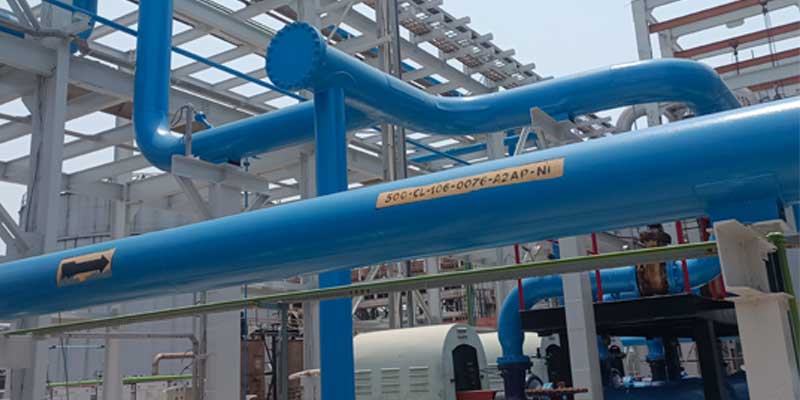
A Century of Success: Berger Paints
Through its pioneering initiatives, Berger Paints has cemented its position as an industry leader, demonstrating commitment to innovation, sustainability, and customer-centric solutions.
Read more
Berger Protecton always believes in innovation
Corrosion can cause huge loss to industries if no measures are taken to prevent it. Berger Paints offers Berger Protecton protective coatings to cater to different environmental and industrial corro..
Read more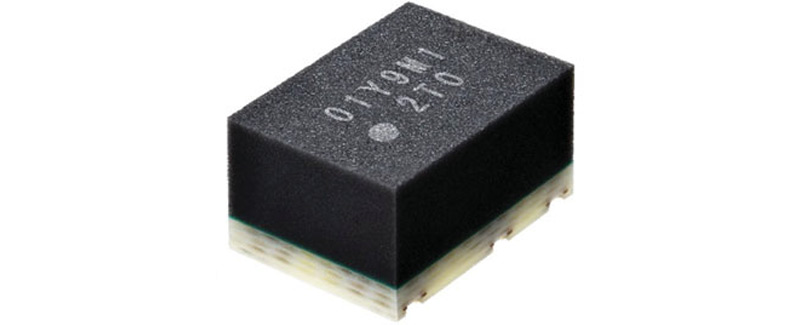
OMRON launches MOS FET relay module G3VM-21MT
G3VM-21MT - the first electronic component in the world to adopt a “T-type circuit structure†-contributes to reducing maintenance frequency of test equipment and improv..
Read moreRelated Products
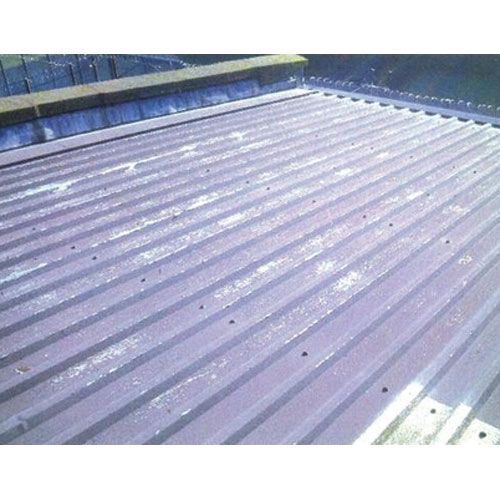
Polysiloxane Anti Corrosion Coating
Clean Coats offers polysiloxane anti corrosion coating.
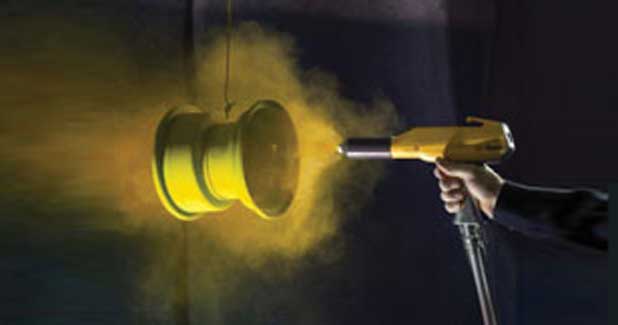
Powder Coating Services
Jekmin Industries offers a wide range of powder coating services Read more
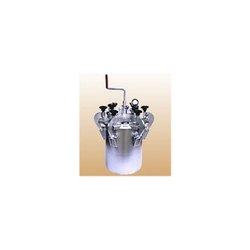
Painting Equipments
We are a renowned manufacturer and supplier of a wide range of Blasting and Painting Machines, Testing Instruments and Abrasive Products. The products offered by us are manufactured using high-grade r Read more


















